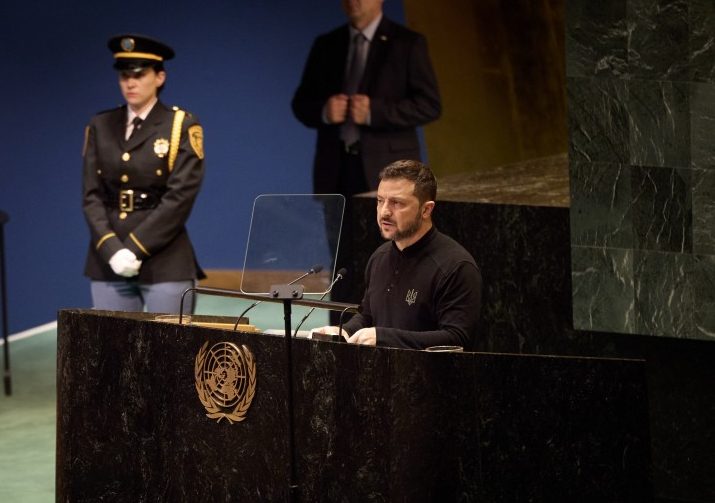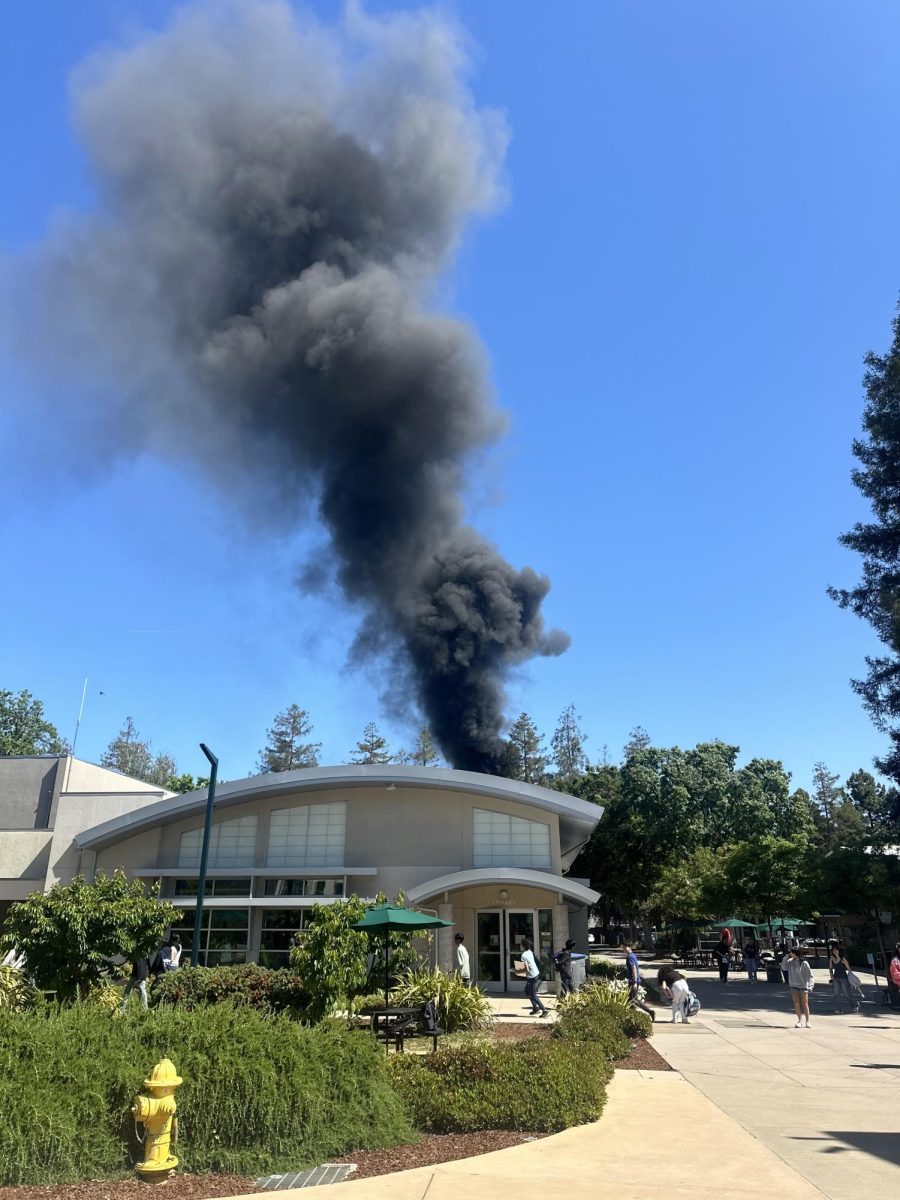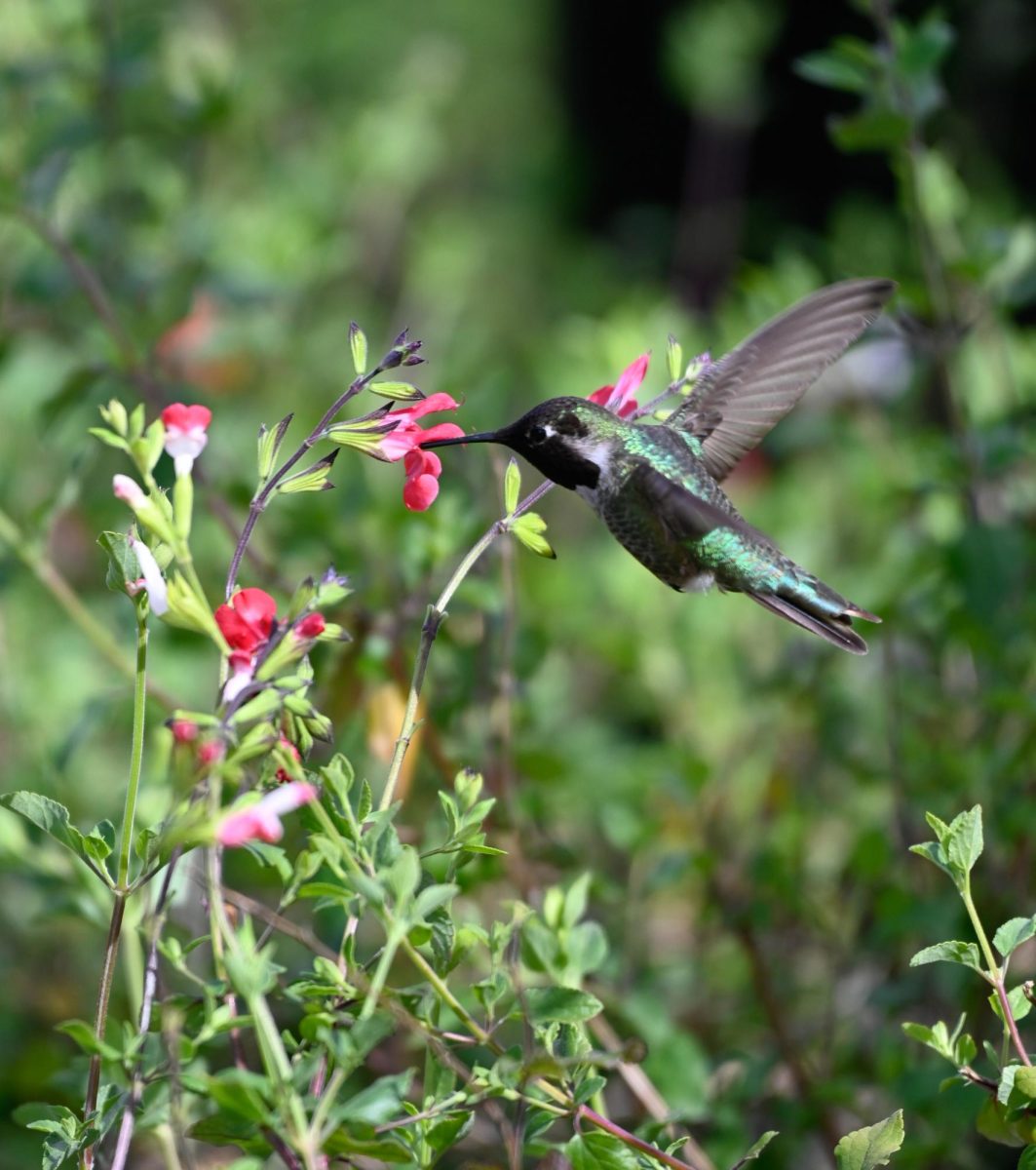The Panama Canal Authority cut traffic through the canal indefinitely by 36% on Jan. 17 due to an extreme drought in Gatún Lake.
Authorities now permit only 24 ship crossings per day, down from 38 pre-drought. Gatún Lake, which feeds the 51-mile waterway and provides its locks with the water necessary to operate, is currently at 81 feet above sea level, compared to 83.5 feet on the same day in 2020. Although Panama typically experiences a dry season between January and May, climate change and an ongoing El Niño have exacerbated the drought. Because the canal uses freshwater, local authorities must ensure that the supply of drinking water for the country’s population of 4.4 million remains secure while also having enough to fill the vital waterway’s locks.
Throughout the first three months of 2024, the canal experienced a 20% decline in cargo transit compared to the previous year. The significant reduction in traffic through the canal has caused a gridlock of ships waiting to enter in its surrounding waters, and many ships have diverted to longer routes while other companies have turned to freight rail. Advanced Placement Macroeconomics student Sophia Ou (10) believs that the canal authorities’ decision would drive up costs globally for consumers and companies alike, but certain sectors would be more affected than others.
“Because of this drought, shipping rates are going up for everyone,” Sophia said. “For shipping companies, the Panama Canal cuts off 8,000 or so miles of voyage distance. Without the canal all those journeys take much longer, and they’re losing that opportunity cost and wasting a lot of time.”
Traffic through the canal is a crucial part of Panama’s economy, generating more than 3 billion dollars for the country with a GDP of 63 billion dollars. The Panama Canal Authority estimated that the drought would lead to a loss of between 500 and 700 million dollars in the 2024 fiscal year. Latin American History teacher Dr. Chuck Witschorik discussed the drought’s financial impact and potential actions by the Panamanian government to avoid a future repeat of the situation.
“The economy of Panama will be heavily affected because of the fees that they’re able to charge,” Dr. Witschorik said. “Any loss of that traffic is going to damage the amount of money that the government can make. So it’s a difficult situation for the Panamians, and they’re trying to figure out solutions like possibly open[ing] up another lake, but there are questions about if that is sustainable, whether that would also affect the freshwater supply of the city.”
Ever since its opening in 1914, the Panama Canal has been an indispensable link between the Atlantic and Pacific oceans, and almost 15,000 ships carrying 520 million tons of cargo, six percent of the world’s trade, passed through it in 2022. Dr. Witschorik highlighted how important the waterway is to not only the American but also the global economy.
“The United States in the early 20th century was a burgeoning world power,” Dr. Witschorik said. “Because for both the U.S. Navy and U.S. commerce to be able to pass through the isthmus was a huge priority for the Theodore Roosevelt administration, Roosevelt took up previous efforts to build the canal. Still today, it’s a big game changer for the U.S. army and for world trade as well, and even though the U.S. built and controlled it originally, now it’s a cornerstone of global commerce.”
While hundreds of ships are stranded off Panamanian waters, certain commodities require the canal for shipment more than others. Sophia explained that, as a result, a few sectors are more disproportionately impacted by the drought.
“Automotives and oil are the big things that get shipped through the canal,” she said. “Since they’re products that are produced in Asia or America and need to get shipped to other places like Europe, the canal saves a lot of money and time. So those companies will need to find a way to either use trains across or go around [South America].”
Officials have floated ideas to build new and larger reservoirs and lakes to fill the canal and supply drinking water to Panama City. However, science teacher Chris Spenner noted the need to protect local habitats and that introducing additional man made structures would lead to further negative implications for the environment down the road.
“Central America is a very valuable and dense ecosystem with lots of tropical rainforests,” Spenner said. “Every time we engineer these big water systems, ecosystems are impacted, since we’re blocking pathways for aquatic life to follow their normal routes. And as these new reservoirs or canals are built, that drives more population growth, but then the population goes up, and then suddenly it becomes a bad feedback loop which hurts the ecosystems even more.”
The canal has not seen such low water levels before in its century of operation, and worsening global warming could aggravate the dry seasons in future years. Dr. Witschorik warned that the canal authority would need to prepare and adapt to situations, with the predicament serving as a warning for the consequences of climate change in other areas of international commerce.
“The crisis at the canal is a sign of climate change and a sign of how vulnerable global trade can be,” Dr. Witschorik said. “There’s not enough water, and even though it was a unique engineering feat of how the canal was constructed with fresh water, now, it’s a weakness. There’s fears that the canal will be permanently inoperable for certain times of the year. This drought, I think, is only the beginning.”


















![“[Building nerf blasters] became this outlet of creativity for me that hasn't been matched by anything else. The process [of] making a build complete to your desire is such a painstakingly difficult process, but I've had to learn from [the skills needed from] soldering to proper painting. There's so many different options for everything, if you think about it, it exists. The best part is [that] if it doesn't exist, you can build it yourself," Ishaan Parate said.](https://harkeraquila.com/wp-content/uploads/2022/08/DSC_8149-900x604.jpg)




![“When I came into high school, I was ready to be a follower. But DECA was a game changer for me. It helped me overcome my fear of public speaking, and it's played such a major role in who I've become today. To be able to successfully lead a chapter of 150 students, an officer team and be one of the upperclassmen I once really admired is something I'm [really] proud of,” Anvitha Tummala ('21) said.](https://harkeraquila.com/wp-content/uploads/2021/07/Screen-Shot-2021-07-25-at-9.50.05-AM-900x594.png)







![“I think getting up in the morning and having a sense of purpose [is exciting]. I think without a certain amount of drive, life is kind of obsolete and mundane, and I think having that every single day is what makes each day unique and kind of makes life exciting,” Neymika Jain (12) said.](https://harkeraquila.com/wp-content/uploads/2017/06/Screen-Shot-2017-06-03-at-4.54.16-PM.png)








![“My slogan is ‘slow feet, don’t eat, and I’m hungry.’ You need to run fast to get where you are–you aren't going to get those championships if you aren't fast,” Angel Cervantes (12) said. “I want to do well in school on my tests and in track and win championships for my team. I live by that, [and] I can do that anywhere: in the classroom or on the field.”](https://harkeraquila.com/wp-content/uploads/2018/06/DSC5146-900x601.jpg)
![“[Volleyball has] taught me how to fall correctly, and another thing it taught is that you don’t have to be the best at something to be good at it. If you just hit the ball in a smart way, then it still scores points and you’re good at it. You could be a background player and still make a much bigger impact on the team than you would think,” Anya Gert (’20) said.](https://harkeraquila.com/wp-content/uploads/2020/06/AnnaGert_JinTuan_HoHPhotoEdited-600x900.jpeg)

![“I'm not nearly there yet, but [my confidence has] definitely been getting better since I was pretty shy and timid coming into Harker my freshman year. I know that there's a lot of people that are really confident in what they do, and I really admire them. Everyone's so driven and that has really pushed me to kind of try to find my own place in high school and be more confident,” Alyssa Huang (’20) said.](https://harkeraquila.com/wp-content/uploads/2020/06/AlyssaHuang_EmilyChen_HoHPhoto-900x749.jpeg)














![Winged Post Editor-in-Chief Katerina Matta and Managing Editor Young Min were selected as first place winners from a pool of around 2,000 students. “This page [shows] how much we paid attention to detail and how much we pushed ourselves to ensure the best quality that we could,” Young said.](https://harkeraquila.com/wp-content/uploads/2025/05/IMG_4254-900x1200.jpeg)







